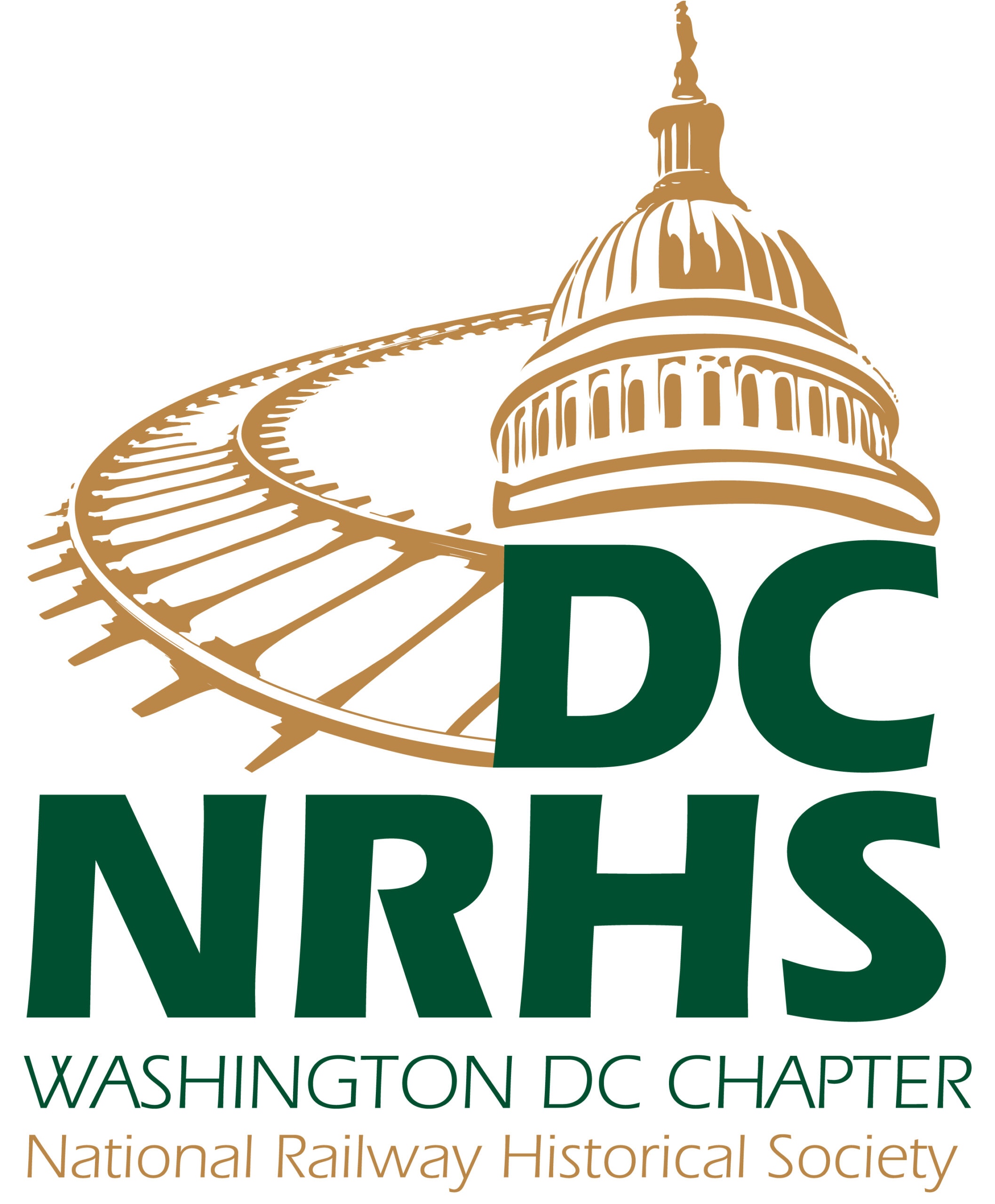- Former B&O route into Washington, DC
- Union Station
- B&O New Jersey Ave station site
- B&O Penn Ave station site
- Maryland Ave trackage sites
- B&P Station site & Atlantic Coast Line Ticket office
- Lincoln Park Streetcar Bam (now condominiums)
- 14th & Colorado streetcar station
- Dupont Circle “down-under”
- Georgetown conduit trackage
- Old Car barn in Georgetown
- Old Shops in Georgetown
- Arizona Ave bridge
- Dale Carlia Tunnel
- Long RR Bridge
- Navel Research Lab/Shepherd’s Landing Bridge site
- Alexandria Branch of B&O
- Virginia Ave trackage/tunnel
- L’Enfant Station of VRE
- Eckington Carbarn of DC/Capital Transit
- Anacostia Tower or Virginia Ave tower (CP Virginia)
- Former Atlantic Coast Line Ticket Office Building at Pennsylvania Ave & 6th St NW which still has “Atlantic Coast Line” on it
- Washington Georgetown Railroad Car House
70 M Street SE
Kansas City-based architect Walter C. Root designed the two-story Romanesque Revival-style Washington & Georgetown Railroad Car House for the Washington & Georgetown Railroad Company. Construction company S .H. and D. F. Adams built the cable car barn in 1891. The façade features angled towers, watch towers, blind arrow slits, conical roofs, and corbelled parapets. The rectangular building occupied the eastern half of the square between M and L streets SE and is the only extant purpose-built cable car building in Washington, DC. In 1909 a one-story addition, carried out by the Capital Traction Company, expanded the building to occupy the entire square. Cable was a short lived venture; between 1890 and 1899 only two District companies utilized cable as a substitute for horse drawn traction. After this experimental phase, the building was modernized to provide electric traction, operating as such until 1962. The Washington & Georgetown Railroad Car House is listed in the NRHP under Criterion A as one of the four streetcar-related buildings by Root and the only extant purpose built cable car building from its period. It is also listed under Criterion C as an industrial building that employs the character-defining features of the Romanesque Revival-style.
